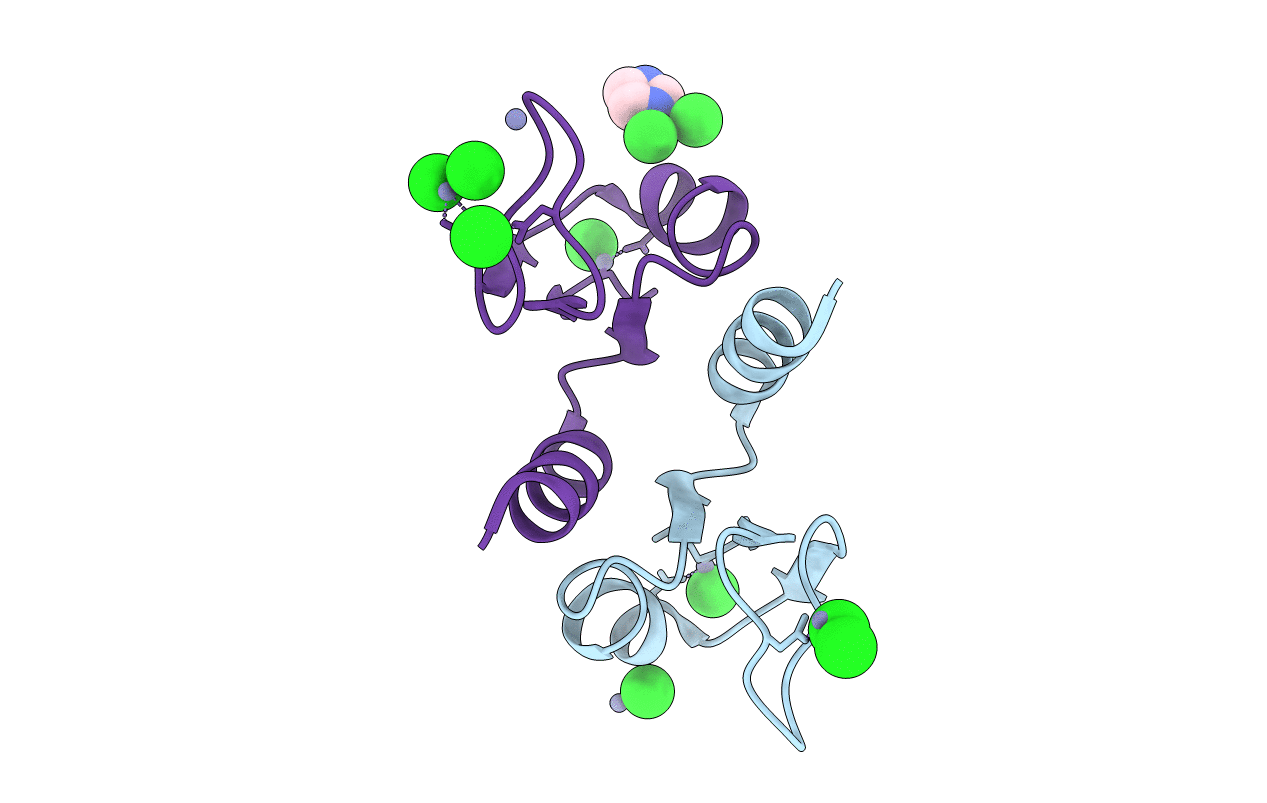
Deposition Date
2006-06-14
Release Date
2007-05-29
Last Version Date
2024-02-14
Entry Detail
PDB ID:
2HBA
Keywords:
Title:
Crystal Structure of N-terminal Domain of Ribosomal Protein L9 (NTL9) K12M
Biological Source:
Source Organism:
Geobacillus stearothermophilus (Taxon ID: 1422)
Host Organism:
Method Details:
Experimental Method:
Resolution:
1.25 Å
R-Value Free:
0.16
R-Value Work:
0.14
R-Value Observed:
0.14
Space Group:
C 2 2 21


